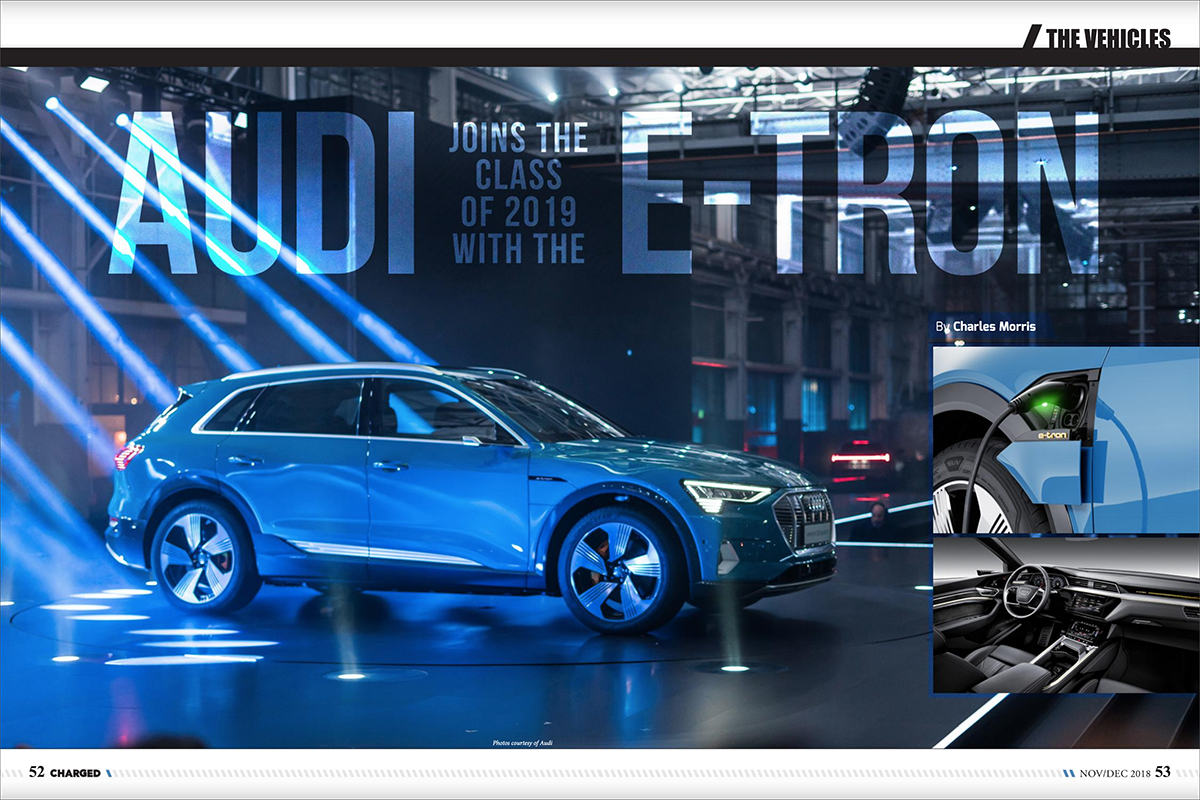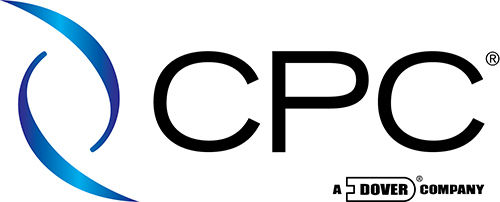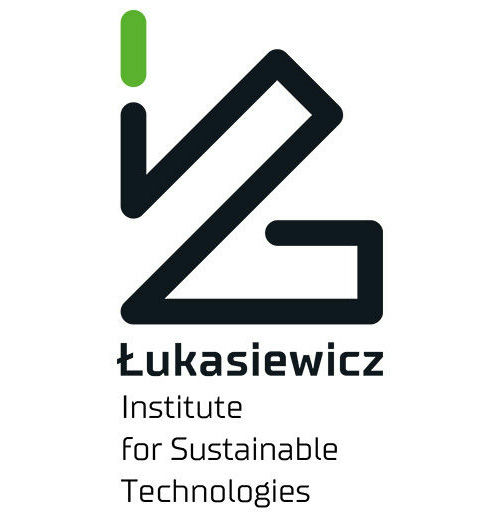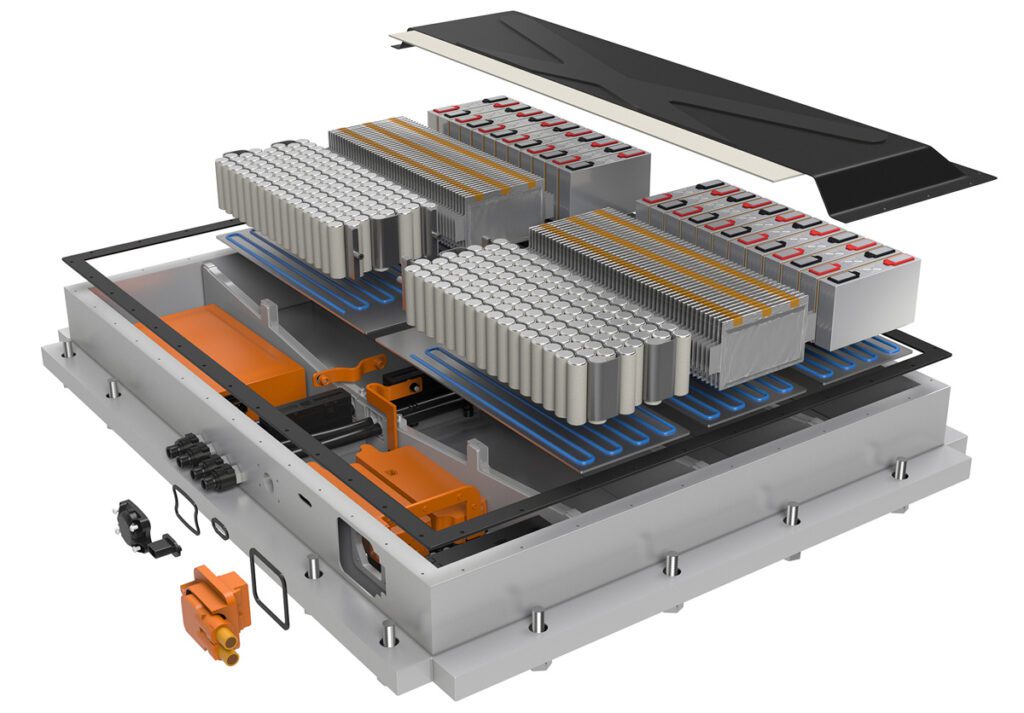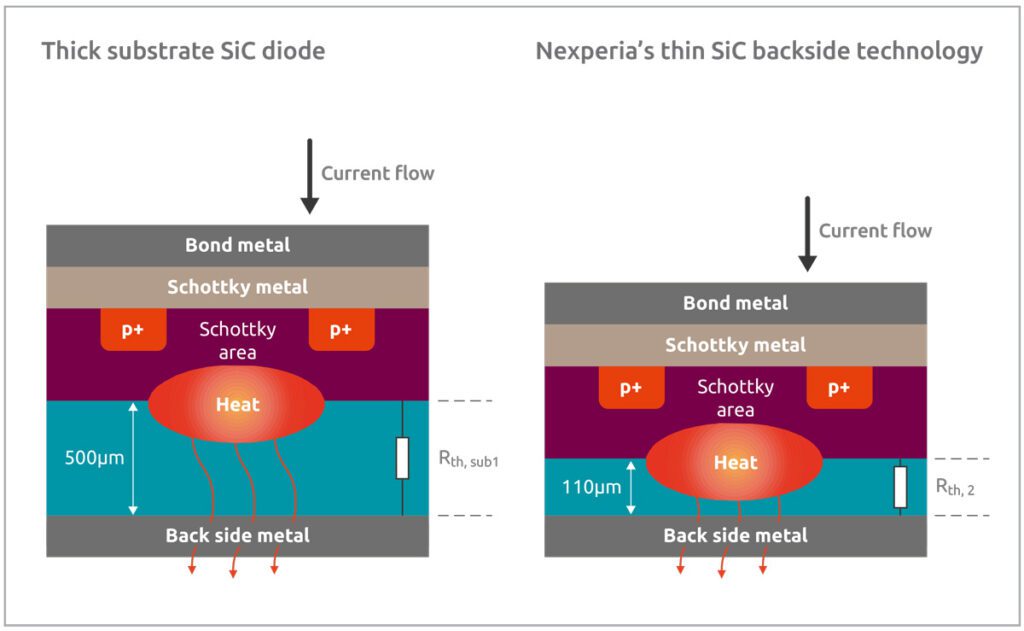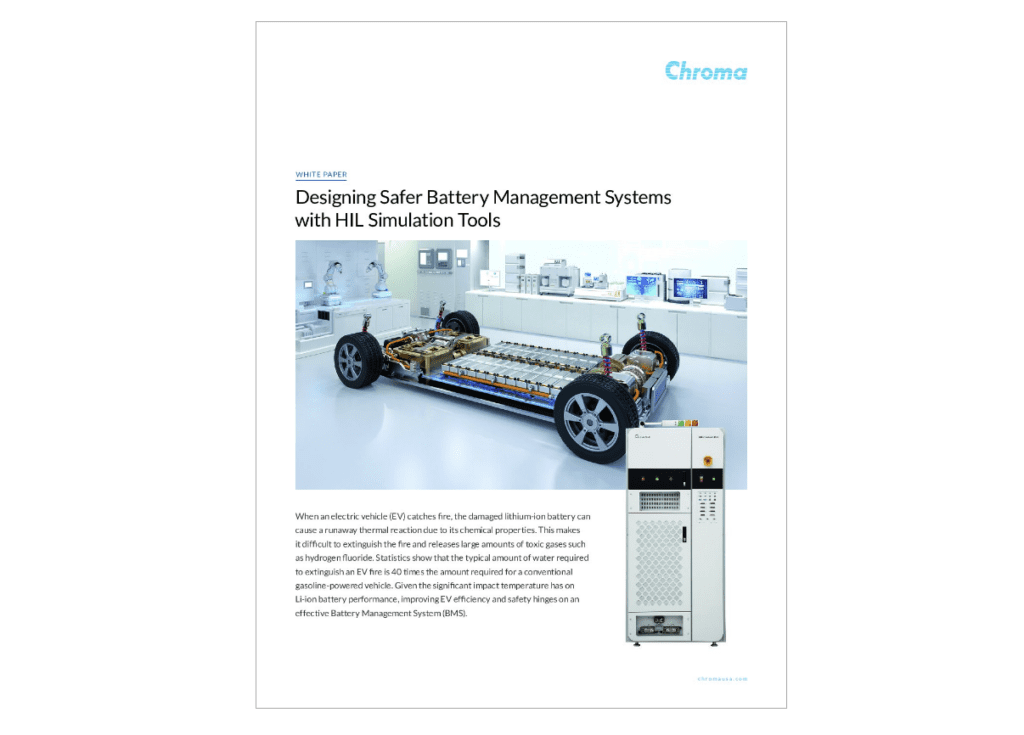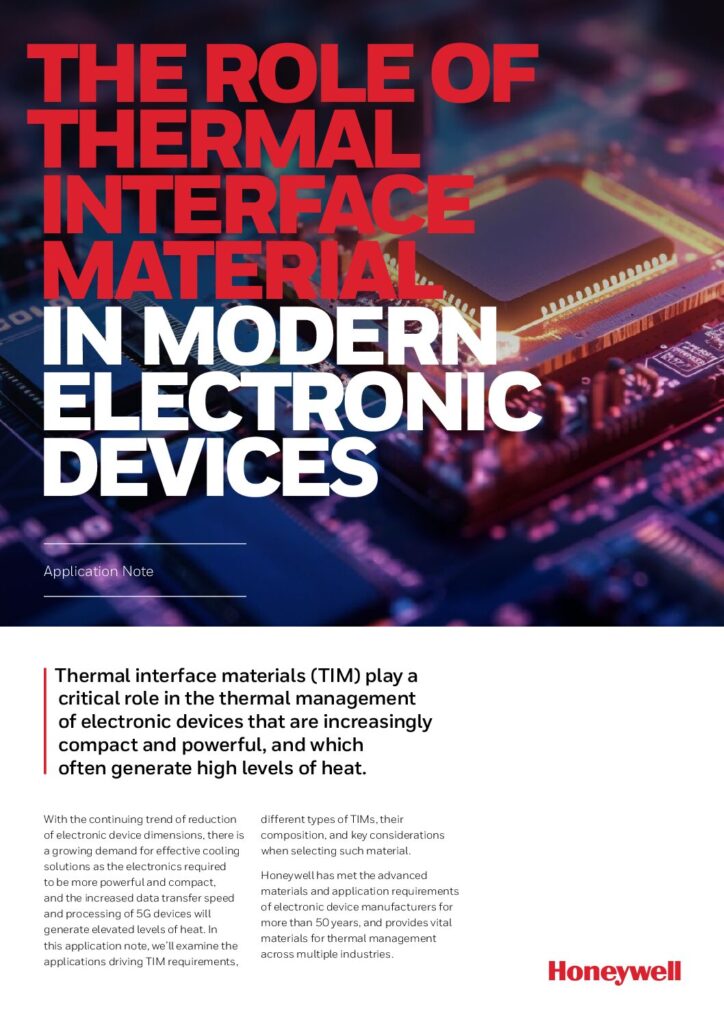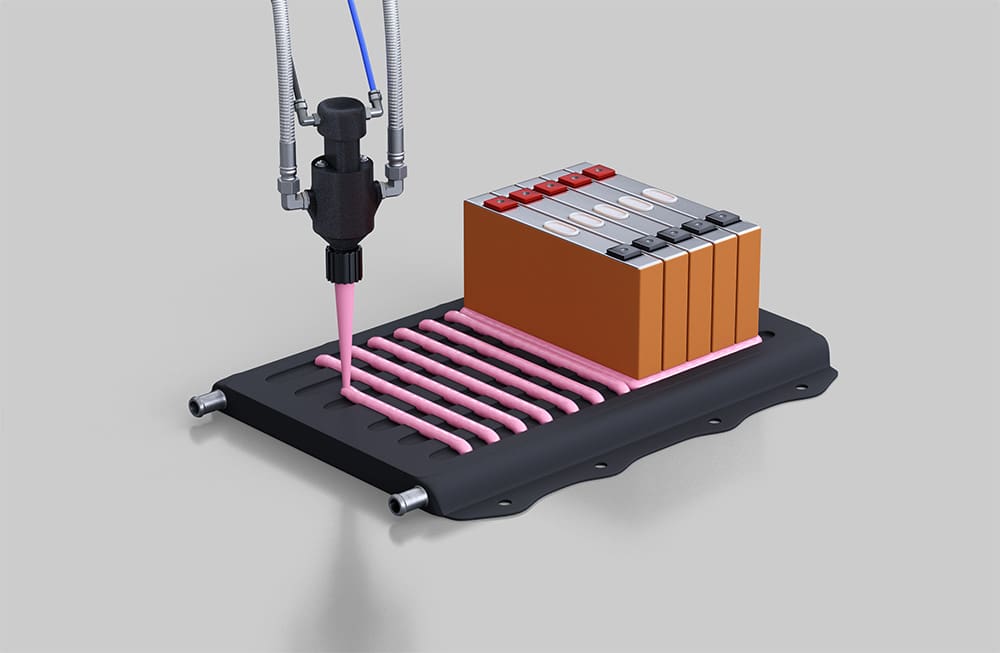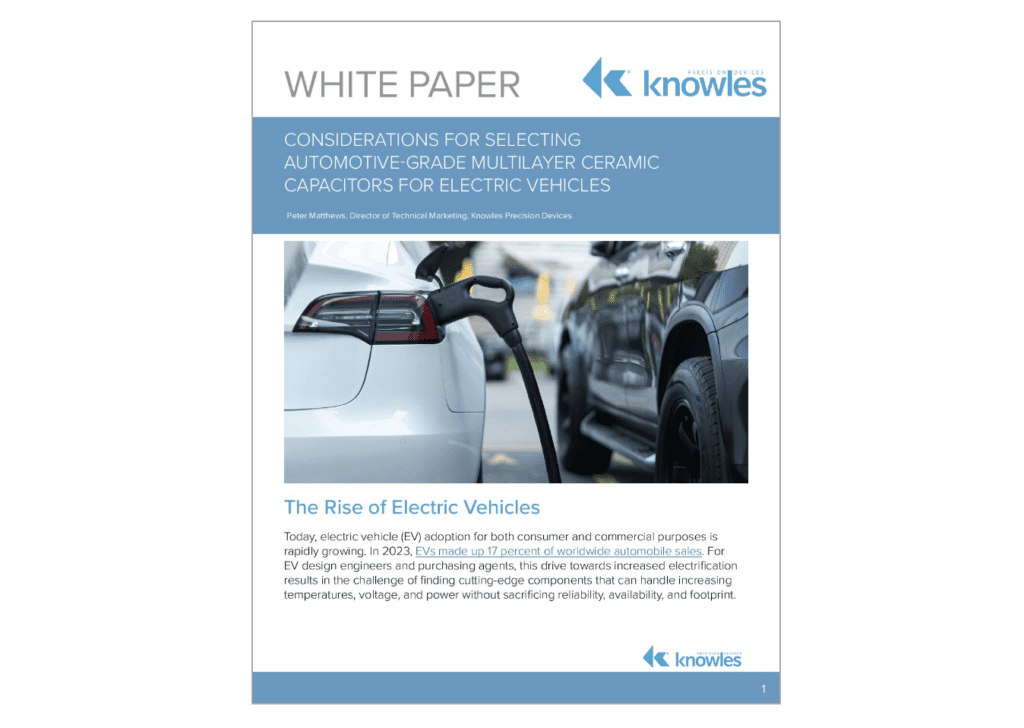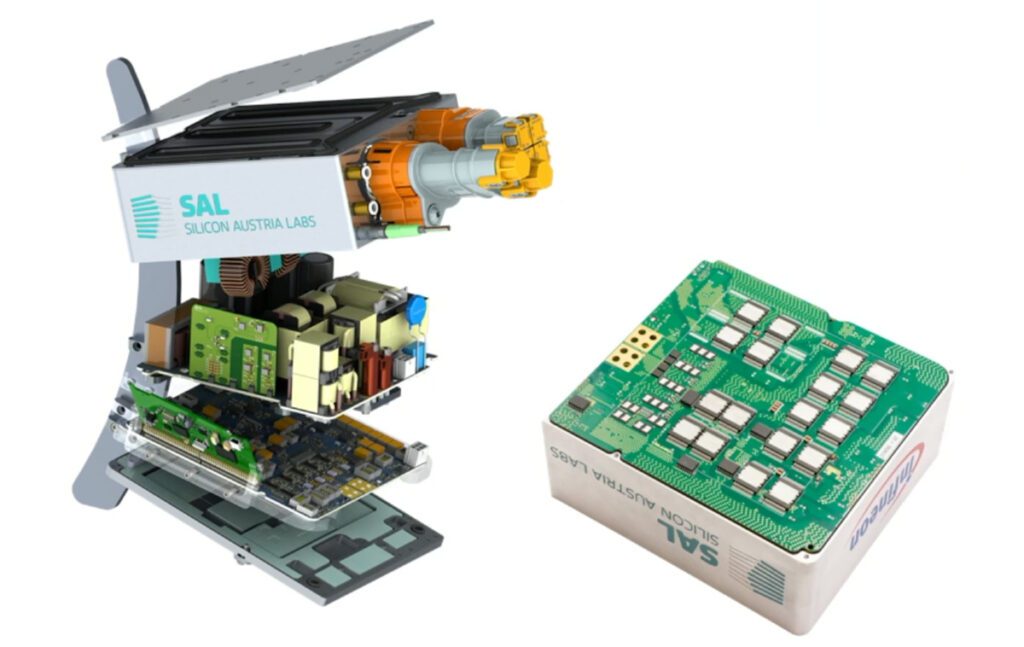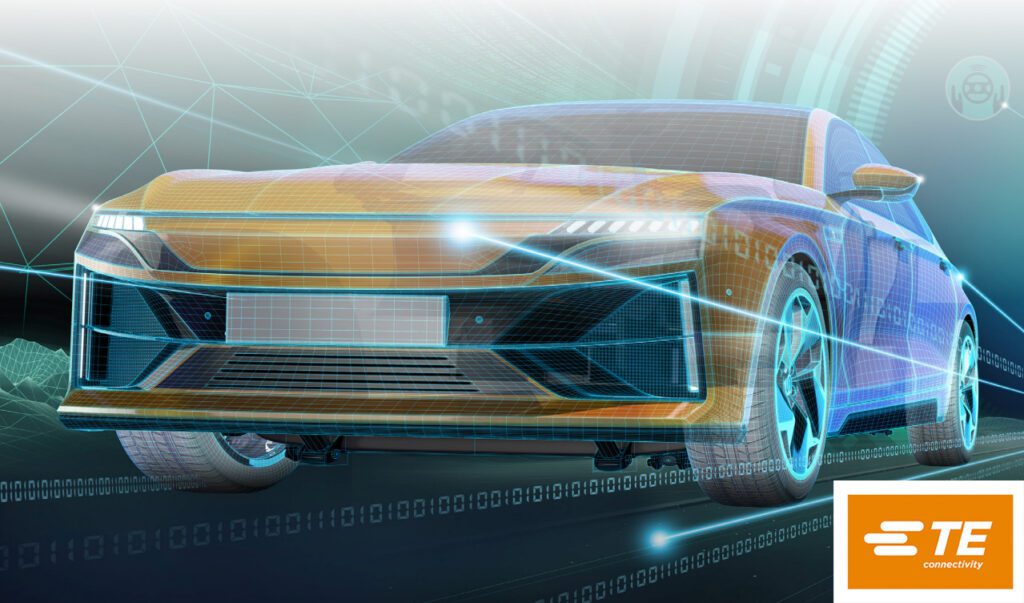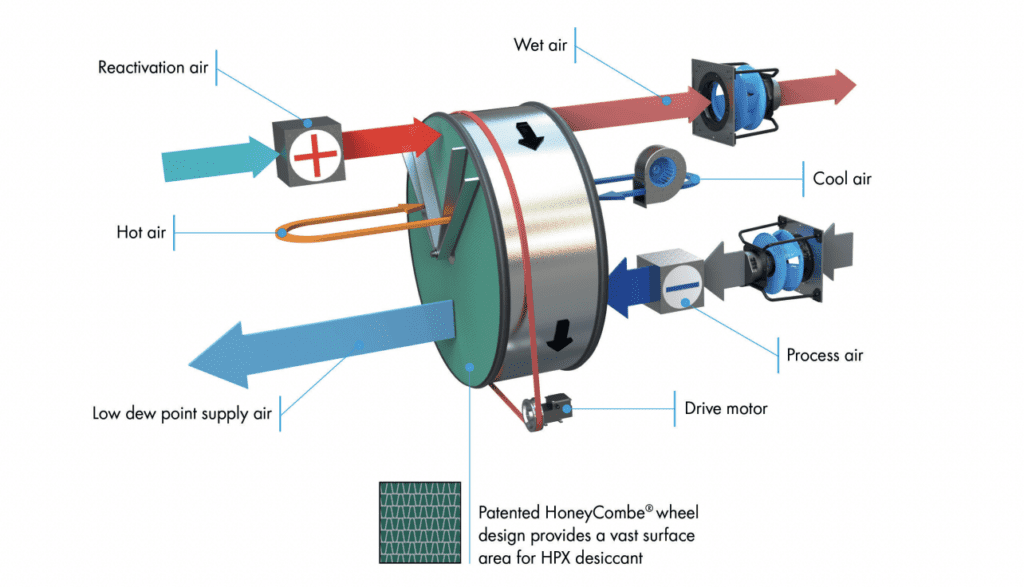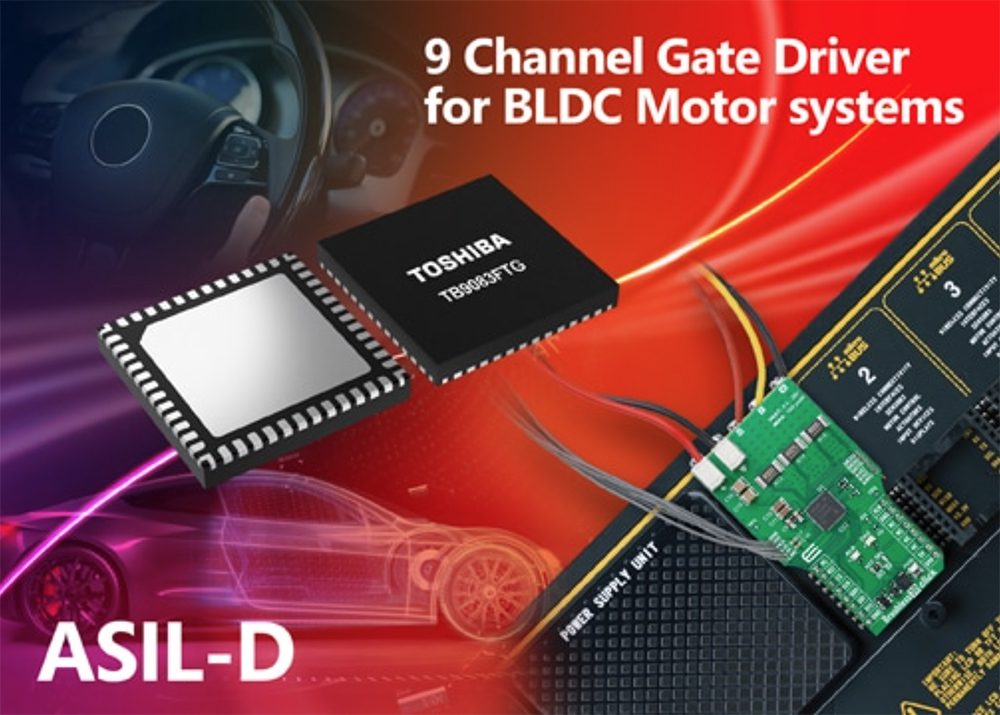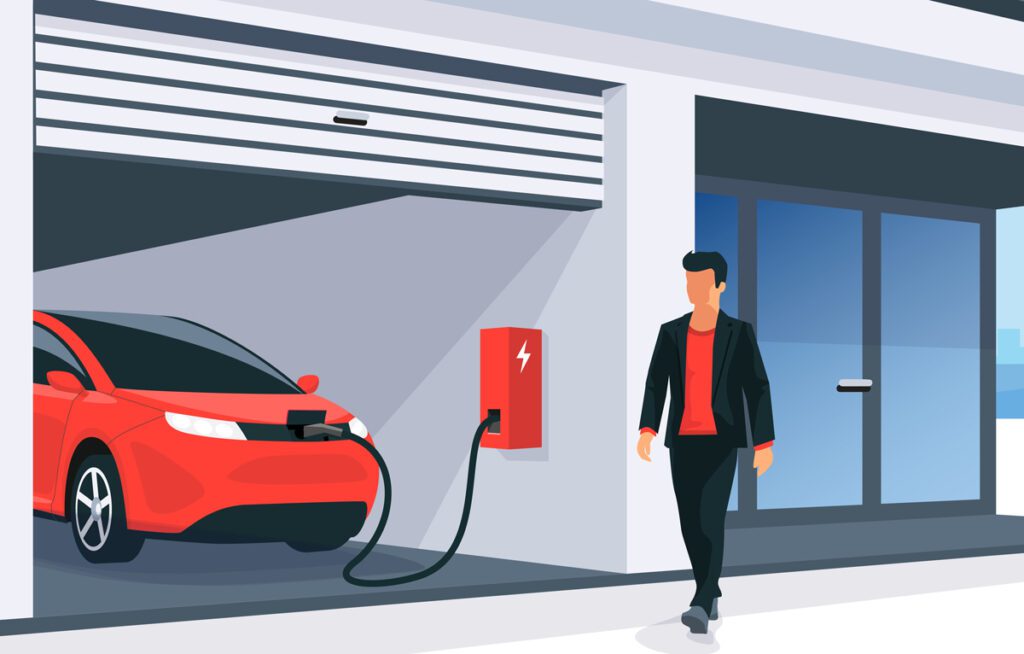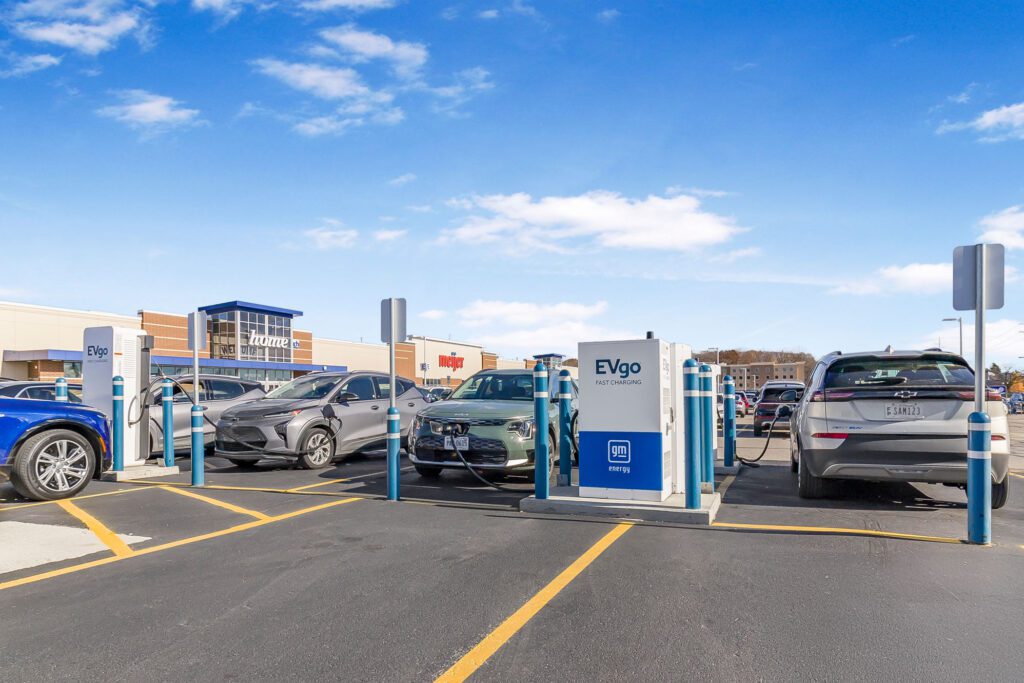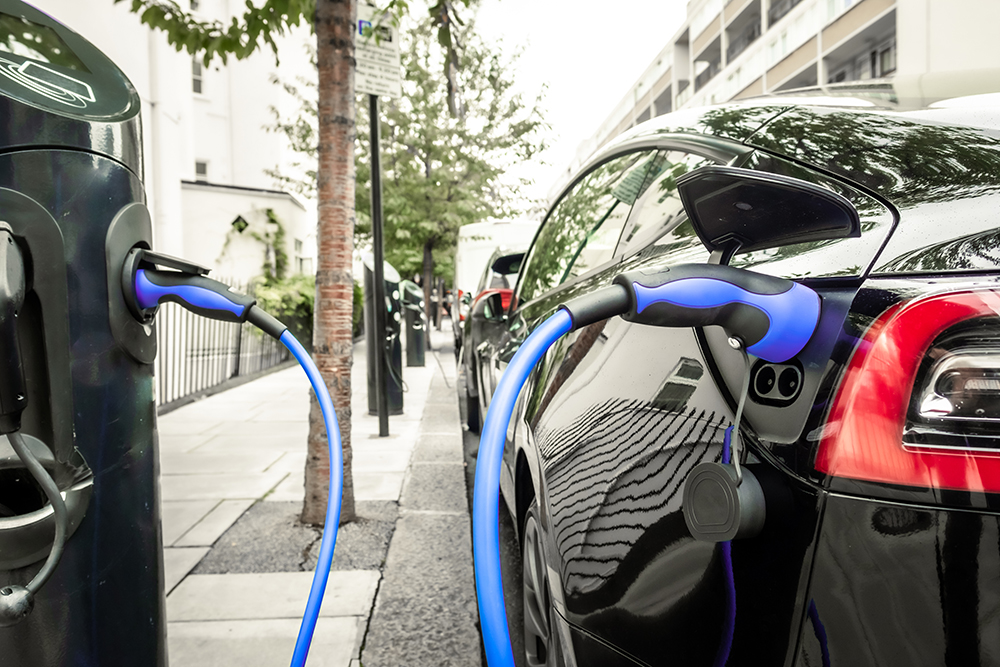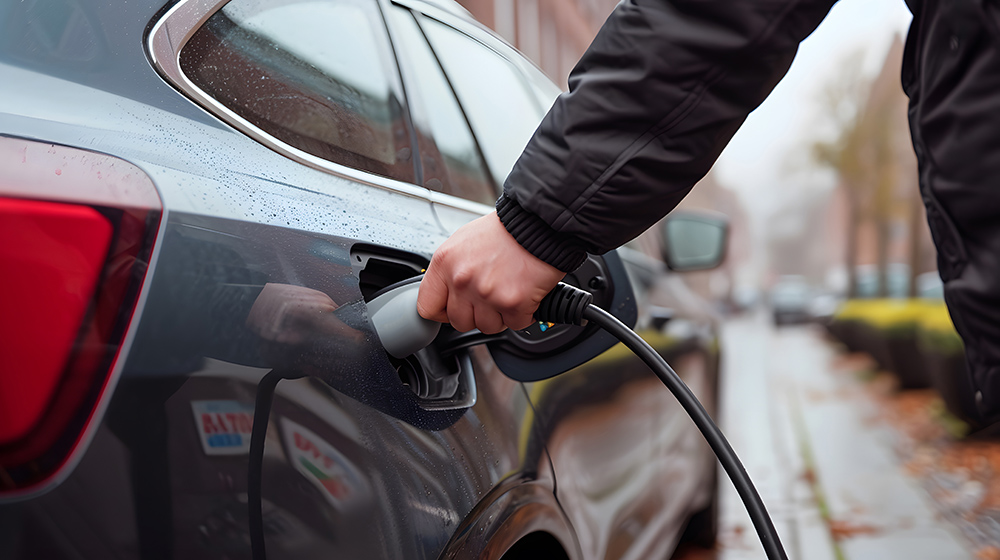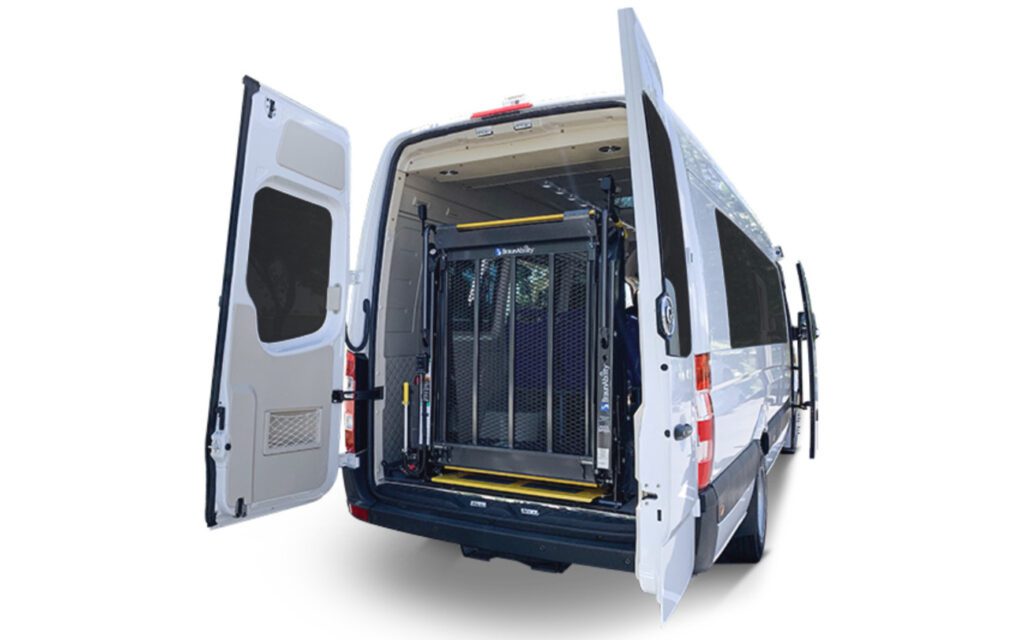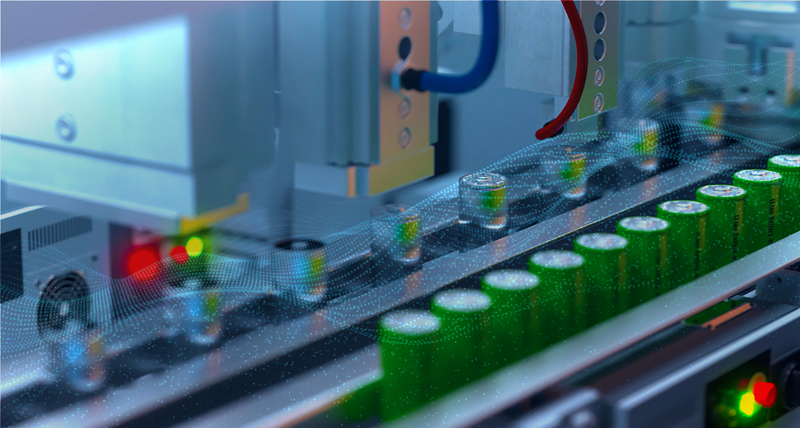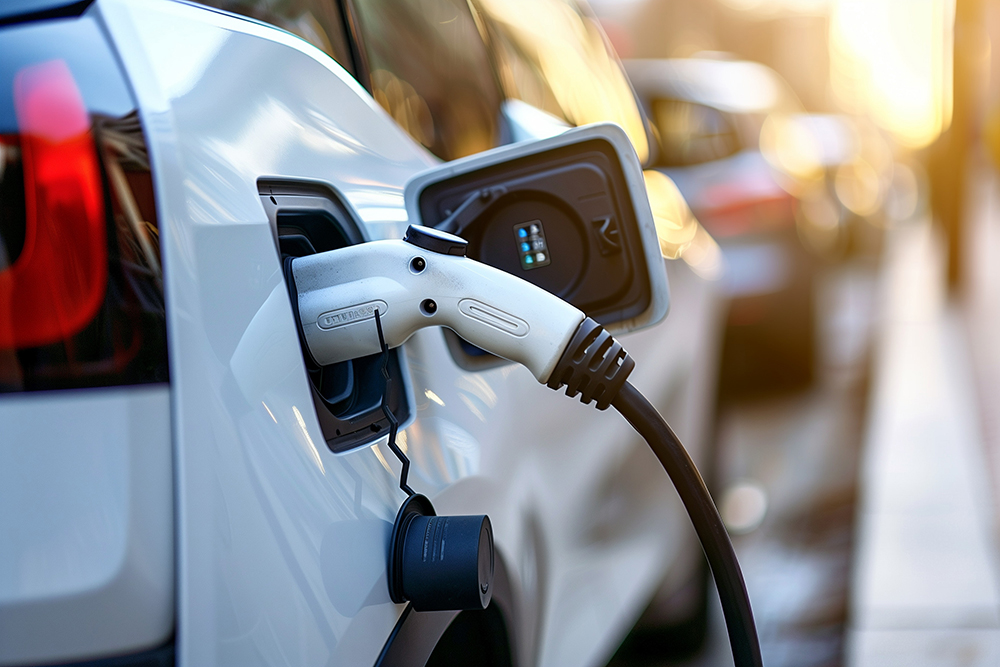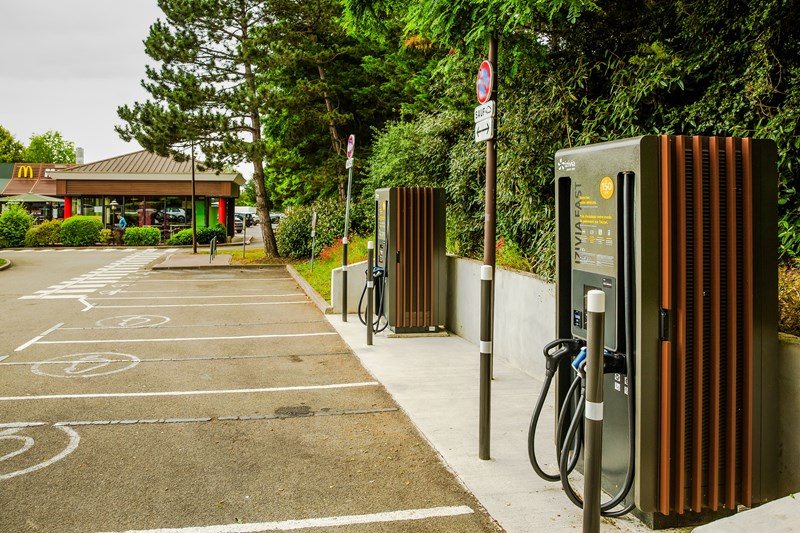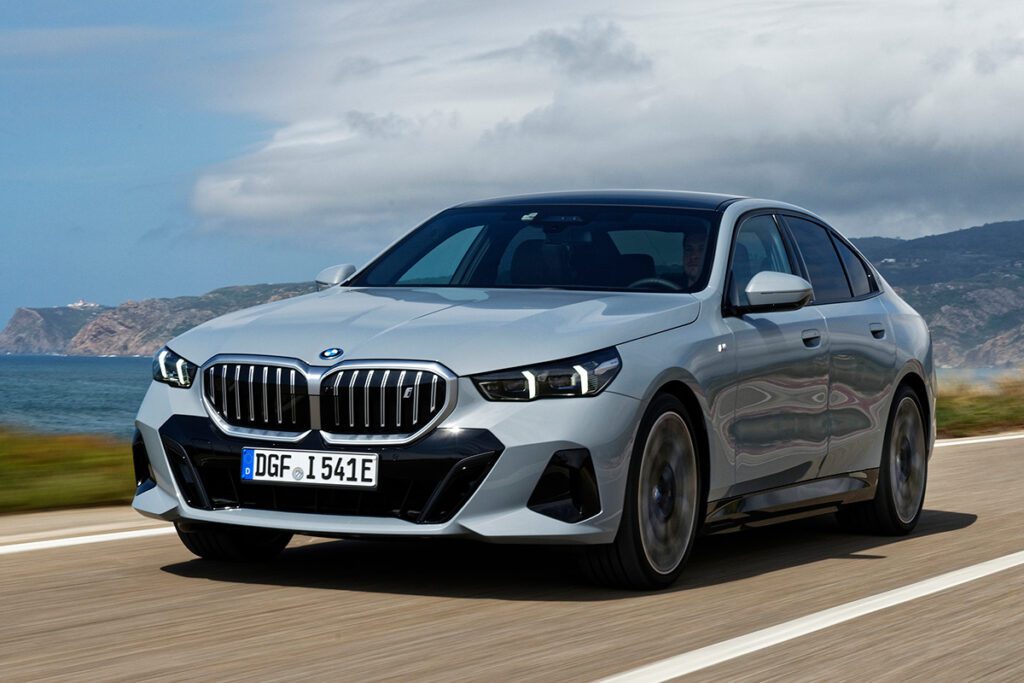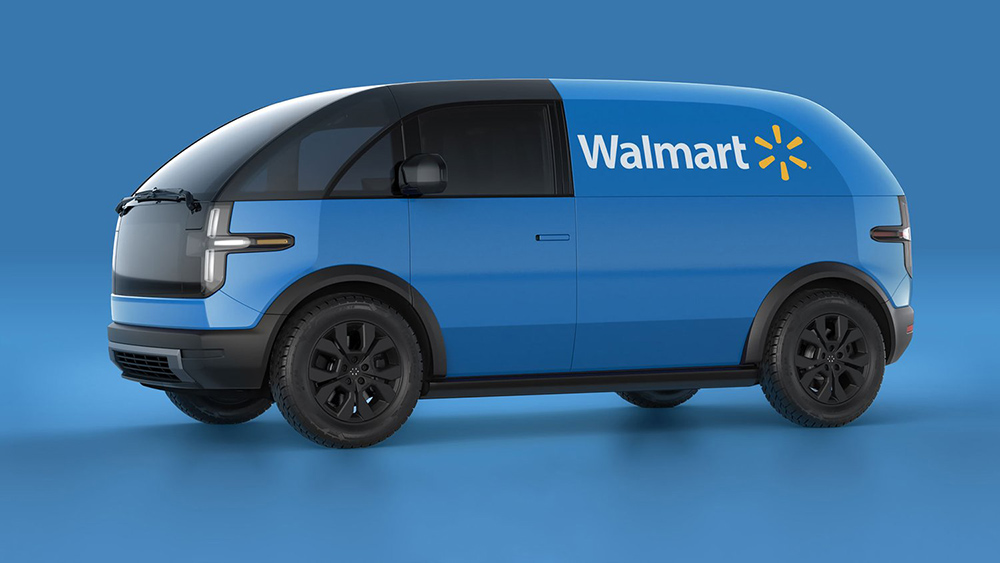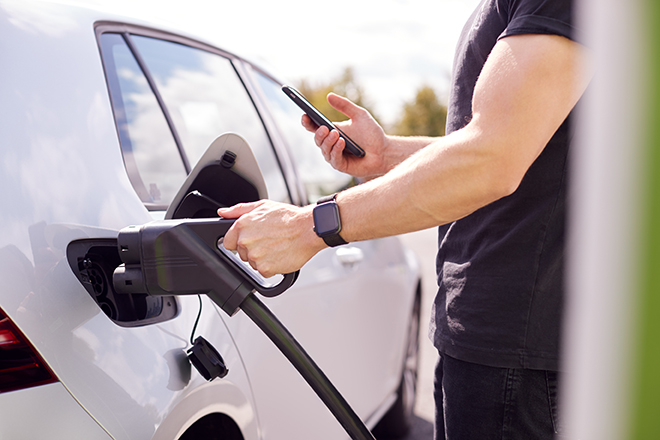A new generation of EVs is beginning to appear on the roads, and these cars have what it takes to compete head-to-head with fossil fuel vehicles. They offer more than enough range to cover anyone’s daily commute, and thanks to vast new charging networks such as Electrify America and Europe’s Ionity, they are increasingly able to make long-distance highway trips with ease. They have the form factor that today’s auto buyers want (namely, the crossover SUV), and they don’t require any compromises in terms of performance and comfort.
The first German entrant in this new class of EVs is the 2019 Audi e-tron, which evolved from a concept presented at the 2015 Frankfurt Motor Show. EVs have come a long way in those four years, and the e-tron incorporates the latest electric powertrain advances. It features a bottom-mounted battery pack with a novel cooling system, along with two asynchronous motors, all designed and produced in-house by Audi. Range is expected to be around 248 miles. The luxury EV offers the latest and greatest comfort and driver-assistance features and a couple of world firsts, including virtual rear-view mirrors (these will only be available in Europe for now, thanks to US regulations).
Before proceeding further, let’s address the big T in the room. I’ve written at length elsewhere about why the myth of the “Tesla killer” is just that, so suffice it to say that the Audi e-tron, along with the Jaguar I-Pace and upcoming models from Mercedes and VW, will join Tesla’s Model X in the SUV space as alternatives, not antagonists. There is no longer a niche EV market, but rather a global auto market that’s slowly but surely turning to EVs. A wider selection of electric models will bring more car buyers over to the electric side, which is good news for both consumers and automakers (including Tesla, which has always said that it welcomes competition).
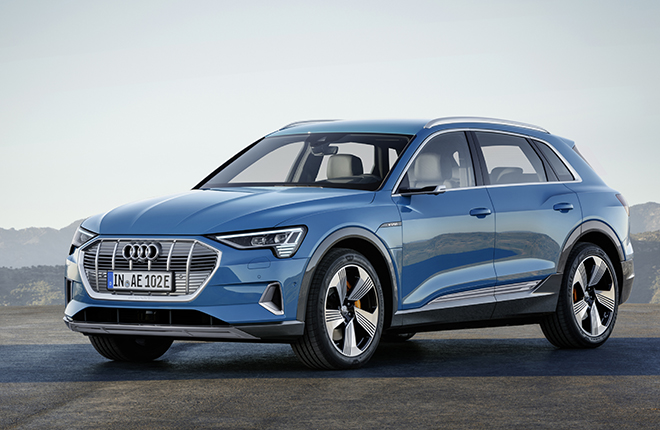
The motors
The e-tron is the first pure EV to offer Audi’s vaunted Quattro all-wheel drive system. It features two independent electric motors, a larger one on the rear axle and a smaller one in front. Total output is estimated at 355 hp and 414 lb-ft of torque in normal mode. There’s also an “overboost” mode that can goose the power up to 402 hp and 490 lb-ft for up to 8 seconds, enabling the e-tron to do 0-60 in 5.5 seconds. The car can intelligently switch between motors depending on driving conditions, using just the rear motor to save energy and activating the front motor when higher power or more traction is needed.
As Jan Sömer from Audi’s Production Planning Department explained to Charged, the larger rear engine produces 140 kW. The front axle has 125 kilowatts with an additional 35 available for overboost mode.
Audi opted for asynchronous motors for various reasons. One advantage of an asynchronous motor versus a permanent magnet motor is that “you can turn off one engine and you don’t have losses because of the magnets,” as Sömer explains. However, “the big advantage is you don’t need magnets with rare earth elements. These motors use no rare earth elements at all. We have clean aluminum inside [a special type of aluminum, 99.7% pure] which is comparable to normal copper but much lighter than copper, which is another advantage.”
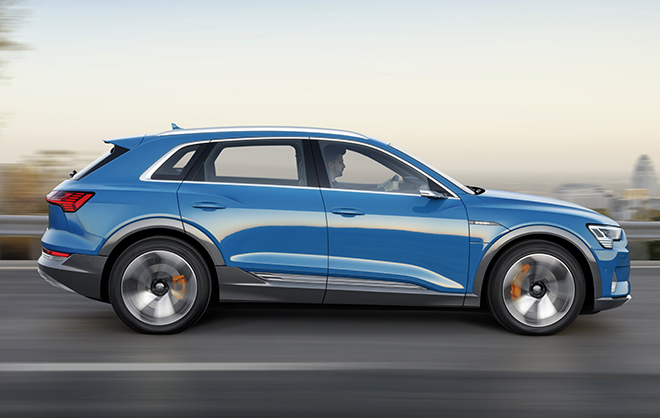
“In some circumstances one motor shuts down for more efficiency,” says Sömer. “The motors are totally separate. The car always decides, depending on the situation, how much power is supplied, and this is done quite often.” The power electronics can change the speed of the rotating magnetic field ten thousand times per second.
Using two differently sized motors also allowed Audi to offer a generous amount of rear cargo space, always a sore point with EVs. There’s even a small frunk. “The back motor is more compact because the shaft goes right through the rotor,” said Sömer. “That’s an advantage for our customers because the trunk is much bigger.”
Both motors were completely developed and produced by Audi. The power electronics and gearbox come from suppliers, but Audi worked closely with them, and designed the power software in-house. Audi is producing all the motors at its factory in Győr, Hungary.

The batteries
The e-tron’s battery pack stores 95 kWh of energy (83.6 kWh useable), and is made up of 36 modules, each containing 12 pouch-type lithium-ion cells from LG Chem. The pack and electrical system operate at 396 volts.
As befits a native EV, the e-tron’s battery pack is mounted at the bottom of the vehicle, between the axles. The cells are from LG Chem, but the modules and everything else in the pack was designed by Audi, and will be assembled in Brussels.
Charged spoke with Paul Schneider, the Technical Project Leader who oversaw the design of the battery system. He explained that the 13.4-inch thick, 1,543-pound pack uses a multi-layer design, something like a lasagna. The cells comprise one horizontal layer, and the cooling system consists of a layer of plates underneath the cells. The bottom layer is a stout steel plate, to provide under-body protection from stones and other road debris.
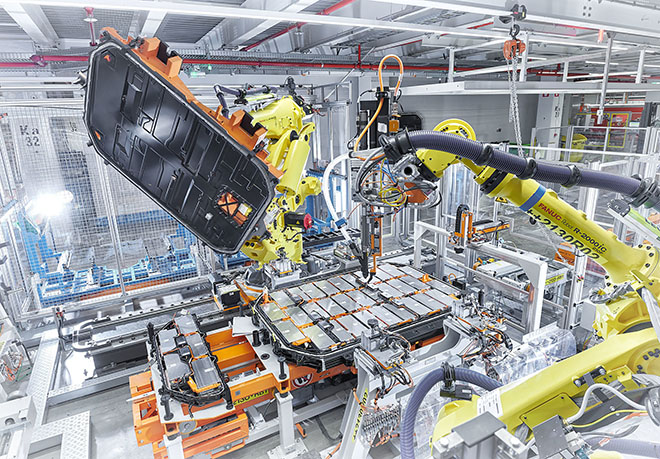
Audi opted to use flat, large-format cells rather than cylindrical cells, because it believes the flat cells make it easier to perform thermal management inside the pack. Each module is encased in aluminum, and thick partitions isolate the modules to minimize the risk of thermal runaway spreading, while adding rigidity to the pack. With an eye to future developments, the pack is designed in such a way that everything down to the module level can be repaired, and it can use modules employing different cell types and chemistries.
According to Schneider, the different brands of the Volkswagen group are pursuing completely separate battery programs, at least for the moment. The e-tron’s battery pack will be used solely in Audi models. VW has its own Modular Electrification Toolkit (MEB) platform, while Audi and Porsche are working together on a new counterpart to MEB called the Premium Platform in Electrification (PPE).
The charging
The e-tron comes with a “home charging capsule” that provides 9.6 kW Level 2 charging. Audi has said that it plans to introduce dual on-board chargers next year (presumably something similar to the Twin Chargers that Tesla used to offer), which will increase Level 2 charging speed.
The e-tron includes CCS DC fast charging as a standard feature, and can handle power levels of up to 150 kW – apparently the first production EV to do so. Most DC fast charging today takes place at 50 kW, but with an eye to the future, the Electrify America and Ionity charging networks are already installing 150 kW chargers (Audi is a participant in both networks). A little bird at Electrify America hinted to Charged that the network had used the e-tron to test its new 150 kW stations.

Audi wants e-tron buyers to be confident that they can make long highway trips. For US customers, the e-tron comes with a credit for 1,000 kWh of charging at Electrify America. For European buyers, the e-tron Charging Service offers one-card access to 72,000 charging points in 16 countries, operated by 220 different providers. The Ionity joint venture aims to have some 400 highway charging stations installed all over Europe by 2020, and Audi customers will have access to these as well.
Starting in 2019, e-tron drivers may not even need a card. Audi is working on a system that will enable charging stations to automatically recognize an individual vehicle (as Tesla’s Supercharger system does) and handle authentication and billing transparently.
The features
The e-tron is a luxury model, so you’ll find all the latest high-tech bells and whistles. It features Audi’s Virtual Cockpit system, an elegant melding of old and new that’s featured on most of Audi’s latest models. The main 10-inch screen controls infotainment features such as phone, audio and navigation. Other vehicle functions are controlled by slick-looking smaller touchscreens located where the knobs and buttons would usually be.
Some Audi models feature a Level 3 driver assistance system called Traffic Jam Pilot – it’s not yet clear whether the e-tron will have some version of this, or a similar adaptive cruise control/lane keeping system.
Of course, the e-tron is also a true SUV. Its air suspension can adjust the ground clearance by up to 3 inches. The chassis can be raised for a bit of off-road adventure, and is automatically lowered for better aerodynamics on the highway. The e-tron can tow up to 4,000 pounds when equipped with the optional towing package.
There are no fewer than 7 different driving modes, and 3 selectable levels of regenerative braking, from zero to maximum.
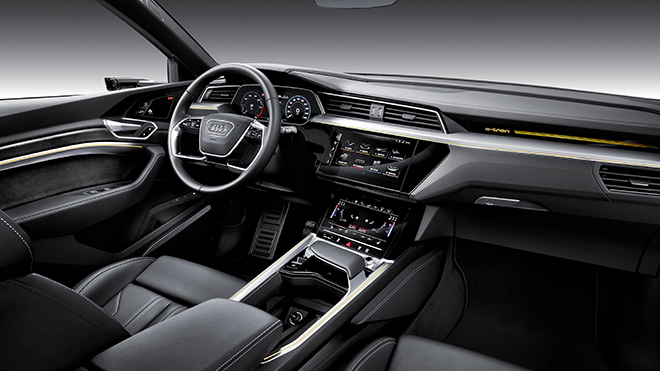
Perhaps the e-tron’s most attention-getting new feature is the absence of a feature – the European version has no side mirrors. Where the mirrors would be are little stalks with tiny cameras, which send images to two 7-inch trapezoidal OLED screens mounted on the inside of each door. Drivers can adjust the camera direction and zoom level.
Audi’s Virtual Mirrors may seem like an idea whose time has come, but so far, the few reviewers who’ve actually tried them have been skeptical, finding that cameras still can’t duplicate the remarkable capabilities of the human eye.
Aside from being cool, what are the practical advantages of the new doodads? Audi says they reduce the e-tron’s coefficient of drag by a percentage point, increasing range by about one mile. They allow the car to be about six inches narrower, and seem to reduce interior noise.
Love ‘em or hate ‘em, they won’t be coming to the US auto market any time soon. Tesla originally designed Model X without mirrors, but the company tried and failed to convince US regulators to allow them. Audi says it’s also lobbying to update the rules, but sees no prospect of a change in the near future.
The motivation
As loyal Charged readers know, the established automakers, including Audi, have a history of launching new plug-in vehicles with lots of hoopla and hype, then failing to market them. That’s why we tend to wrap up every article about a new model with an educated guess as to what its maker’s marketing plans, or lack thereof, may be.
At the e-tron’s launch extravaganza in San Francisco, optimism was running high. Included on the 1,600-strong guest list were representatives of 300 US Audi dealers, plus some from Asia and Europe. Many of these were general managers, who are involved in the day-to-day operations at dealerships. A chap who’s involved in dealer training told me that Audi plans to conduct an extensive e-tron-focused training program over the next few months. An Audi dealer from Oakland told me that he had sold a substantial number of the brand’s previous generation of plug-ins, and that he expects great things from the e-tron.
Then came the news that Audi does not plan to ship any inventory vehicles to its US dealers. Stateside customers will have to place orders at dealerships or on Audi’s web site, held by refundable $1,000 deposits. Audi of America President Scott Keogh told Automotive News that some customers could wait months for delivery, and implied that maintaining an inventory would be a money-losing proposition for the company. We found it puzzling that Keogh would make such a pessimistic and self-sabotaging statement. A company spokesperson later clarified that, if production exceeds existing orders, e-trons would be available for US dealers to keep in stock. Dealers will have demonstrator models on hand, and will have the option of ordering e-trons for their own inventory. However, in spite of Audi’s attempts to put a positive spin on the decision, the special-order strategy seems likely to keep sales volumes low, considering the “drive it off the lot” mentality that prevails at most dealerships.
In Europe, things could start happening faster. Production has already begun, although deliveries have been delayed due to issues with the vehicle’s software and possibly with battery provider LG Chem. The German news magazine Bild reported that the Korean company may be planning to raise its prices as much as 10 percent, although the wording implied that this was merely a rumor.
The Audi plant in Brussels has an initial capacity of about 1,000 e-trons per week, and the company says it has received 10,000 pre-orders from European customers. Another encouraging sign is that Audi has been advertising the e-tron in the mass media. TV ads running in England show off the new EV’s off-road capabilities, and a billboard in Berlin cocked a snook at Tesla, calling the e-tron a “Musk-Have.”
For the American market, Audi will offer three trim levels: Premium Plus, starting at $74,800; Prestige ($81,800); and a limited First Edition of only 999 units ($86,700). Unlike Tesla and GM, the Volkswagen Group is far from reaching its 200,000-unit sales cap, so buyers can count on getting the full $7,500 federal tax credit. North American deliveries are scheduled to begin in the second quarter of 2019.
The new generation of EVs is here, and Audi has promised that the e-tron will be just the beginning. The e-tron Sportback is to go on sale in 2019, followed by the e-tron GT in 2020.
This article appeared in Charged Issue 40 – November/December 2018 – Subscribe now.




